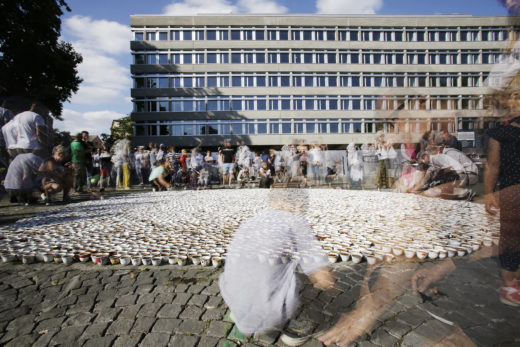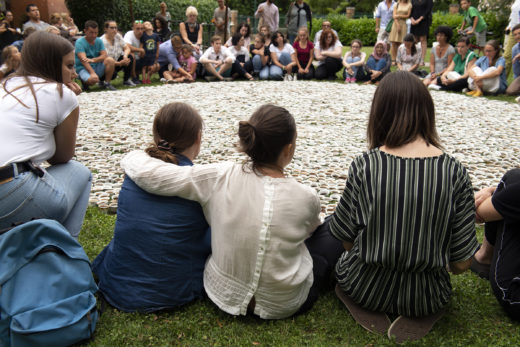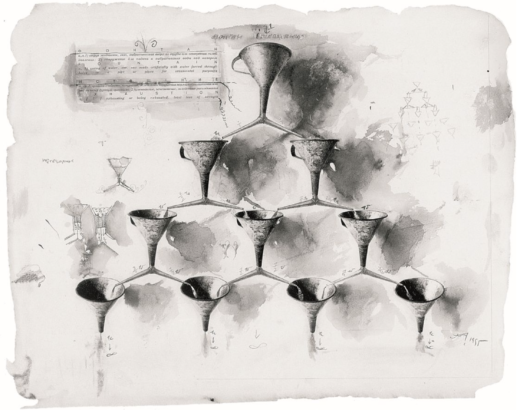Otranto – A Time-Based Monument to Albania’s 1997 Migration: A Conversation with Latent Community
This interview focuses on the film Otranto (2019–2020), created by the artist collective Latent Community (Ionian Bisai and Sotiris Tsiganos). Otranto explores a relatively unknown tragedy: the story of the refugee ship Katër i Radës. The ship departed from the Albanian port city of Vlora, carrying 120 people fleeing the violence that had engulfed the country following the massive collapse of pyramid schemes in 1997. On March 28, 1997, the Italian navy warship Sibilla—acting in accordance with an Italian blockade of Albania to prevent refugees from entering the country—intercepted, rammed, and sunk the Katër i Radës in the strait of … Read more









